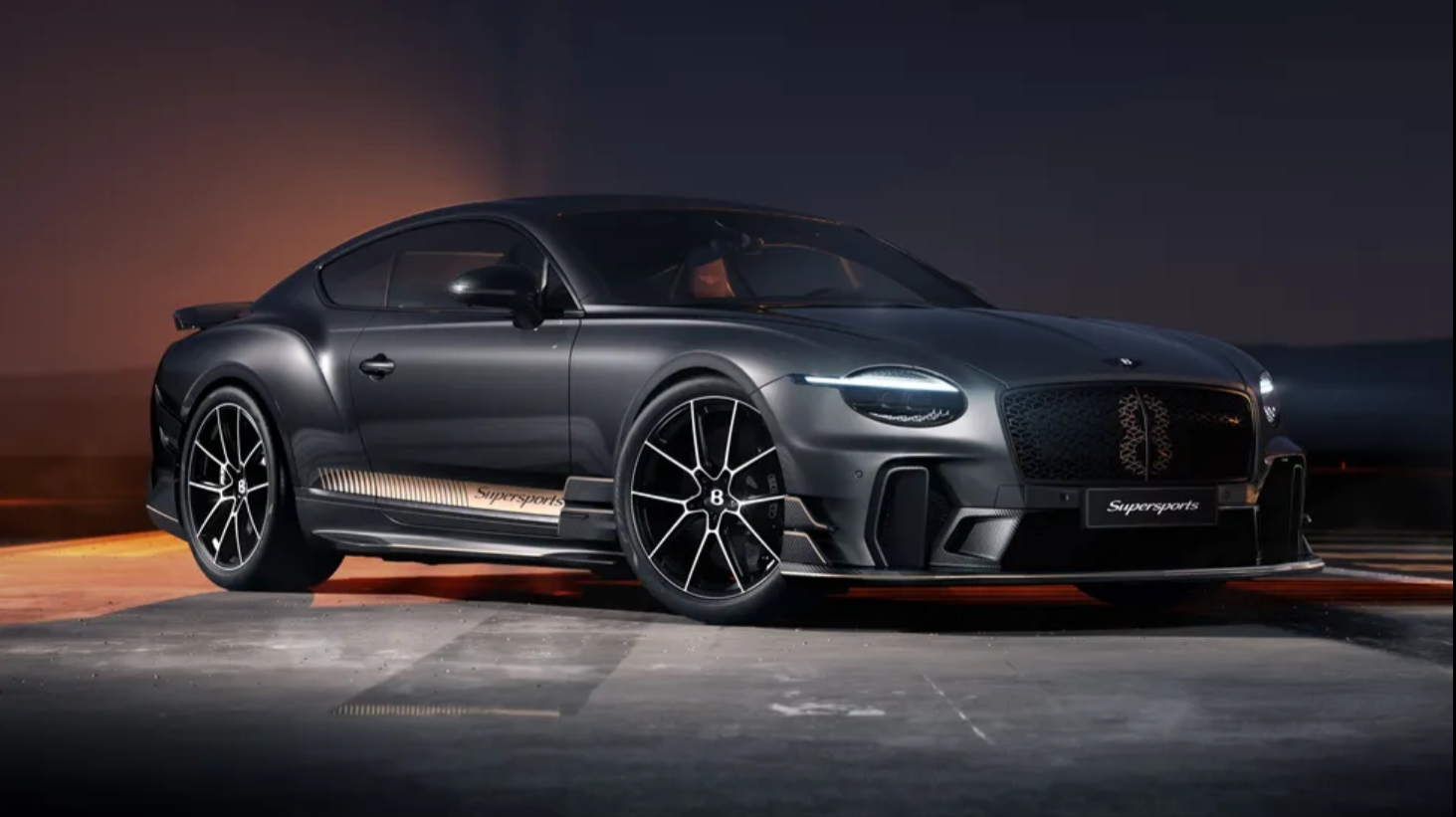Ferrari’s latest hypercar has arrived, and it’s called the F80. Armed with a monstrous 1,183bhp (883kW) from a hybrid 3.0-litre V6, it’s set to shake up the hypercar world once again. With only 799 units planned, each carrying a jaw-dropping price tag of €3.6 million, Ferrari’s new flagship aims to rewrite history, just like its predecessor, the LaFerrari.
Under the skin, Ferrari has taken a bold step by slicing its legendary V12 in half, pairing a 900bhp (671kW) twin-turbo V6 with three electric motors to deliver a combined 1,183bhp (883kW). The result? Ferrari’s most powerful road car to date. The F80 sprints from 0-100 km/h in just 2.15 seconds, hitting 200 km/h in 5.75 seconds before maxing out at 350 km/h. For comparison, that’s quicker and slightly faster than McLaren’s W1, the latest in a string of hypercar contenders.
The engine might be based on the 296’s 120-degree hot-V architecture, but it’s tuned far beyond what you’d expect. Ferrari’s engineers have reworked everything from the combustion chamber to ignition and injection timing, increasing combustion pressure by 20%. The result? The F80’s V6 screams to 9,000rpm, with a dynamic limiter set at 9,200rpm.
The electric side of things isn’t an afterthought, either. Ferrari’s in-house-developed motors handle torque vectoring at the front axle and regenerate up to 210kW of energy under braking. One more motor at the rear adds 80bhp (60kW) and powers crucial functions like energy recovery, helping deliver a blistering total output of 325bhp (242kW) from the electric side alone.
The F80’s carbon fibre and composite chassis uses an asymmetrical monocoque design, an engineering marvel that still allows for an adjustable driver’s seat, unlike many of its rivals. This hypercar’s active aerodynamics are inspired by Formula 1 tech, producing a colossal 1,000kg of downforce at 250 km/h, thanks to a front S-Duct and a gigantic 1.8-metre rear diffuser. And while it’s neck-and-neck with McLaren’s W1 on aero, Ferrari’s trick suspension system, developed with Multimatic, helps maintain that stability by adjusting to every bump and corner.
Ferrari has also added a feature called Boost Optimization, giving drivers the ability to strategically deploy extra power around a track. After completing a reconnaissance lap, the system learns where it can safely deliver more torque perfect for exploiting long straights.
Designed by Flavio Manzoni, the F80 looks every bit the Ferrari flagship, with design cues that nod to icons like the Daytona and F40. The cockpit features a new "1+" configuration, where the driver’s seat finished in eye-catching red is fully adjustable, while the passenger seat is fixed to the chassis. The control layout is driver-focused, and the new flat-top steering wheel is likely to become a Ferrari signature.
Bringing this hypercar down from stratospheric speeds is a new set of Brembo brakes with their CCM-R Plus technology. Using longer carbon fibres, these brakes have 100% more mechanical strength and 300% better heat dissipation than traditional carbon brakes.
Ferrari offers two tyre options to suit your driving style: Michelin Pilot Sport Cup 2s or the even more track-focused Cup 2Rs, with huge 285/30 tyres at the front and 345/30 at the rear.
Despite its racing pedigree, the F80 doesn’t compromise on technology or safety. There’s a suite of active safety systems, including automatic emergency braking, lane departure warning, lane-keep assist, automatic high beams, and traffic sign recognition.
Priced at €3.6 million, the F80 is Ferrari’s most expensive car ever and it’s clear why. With production starting in late 2025 and wrapping up in 2027, the F80 is poised to define a new era for Ferrari, as the V6 hybrid beast blends cutting-edge technology, jaw-dropping performance, and stunning design into an unforgettable hypercar experience.
Ferrari hasn’t just rewritten the rules...they’ve torn up the playbook.

.jpg)
.jpg)
.jpg)
.jpg)
.jpg)
.jpg)
.jpg)
.jpg)
.jpg)
.jpg)
.jpg)
.jpg)
.jpg)
.jpg)
.jpg)




.jpg)


.jpeg)

.jpeg)
.jpeg)

